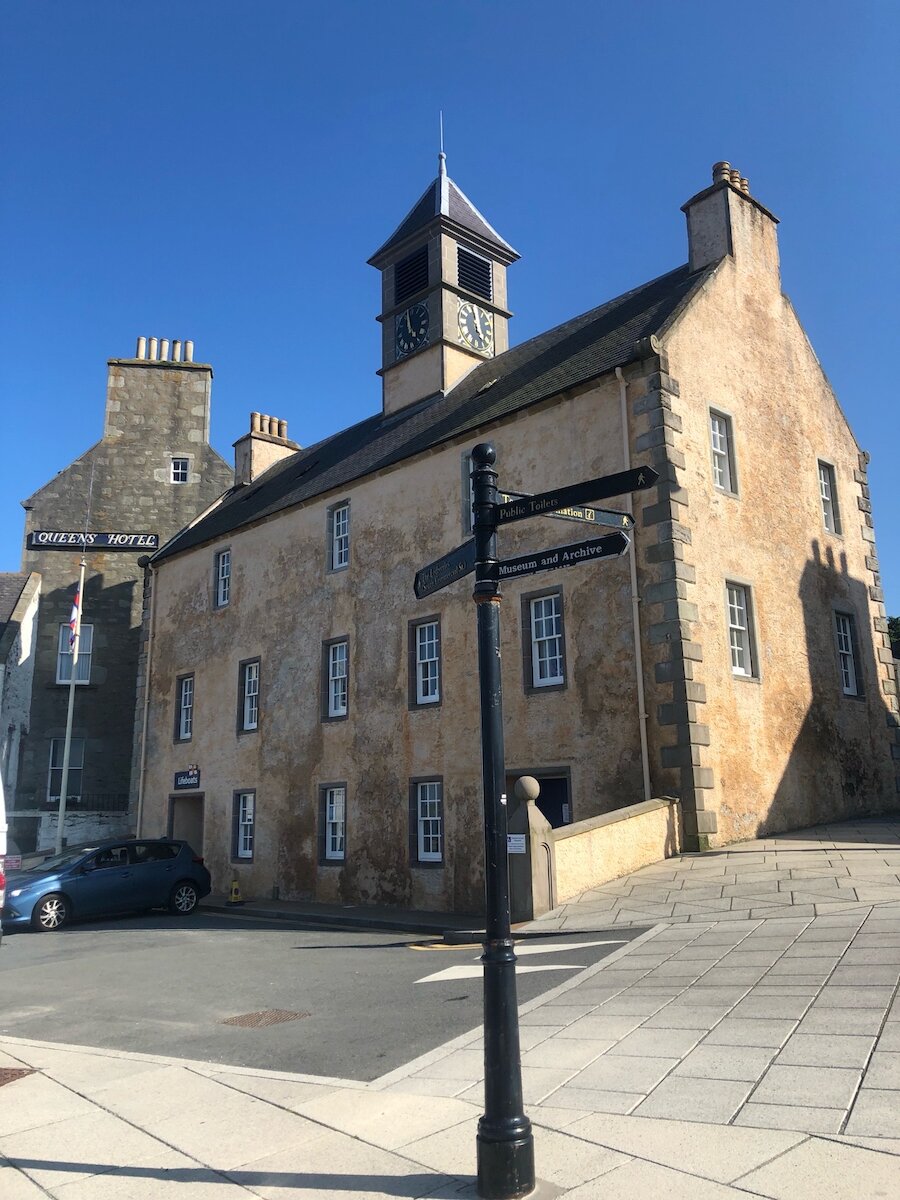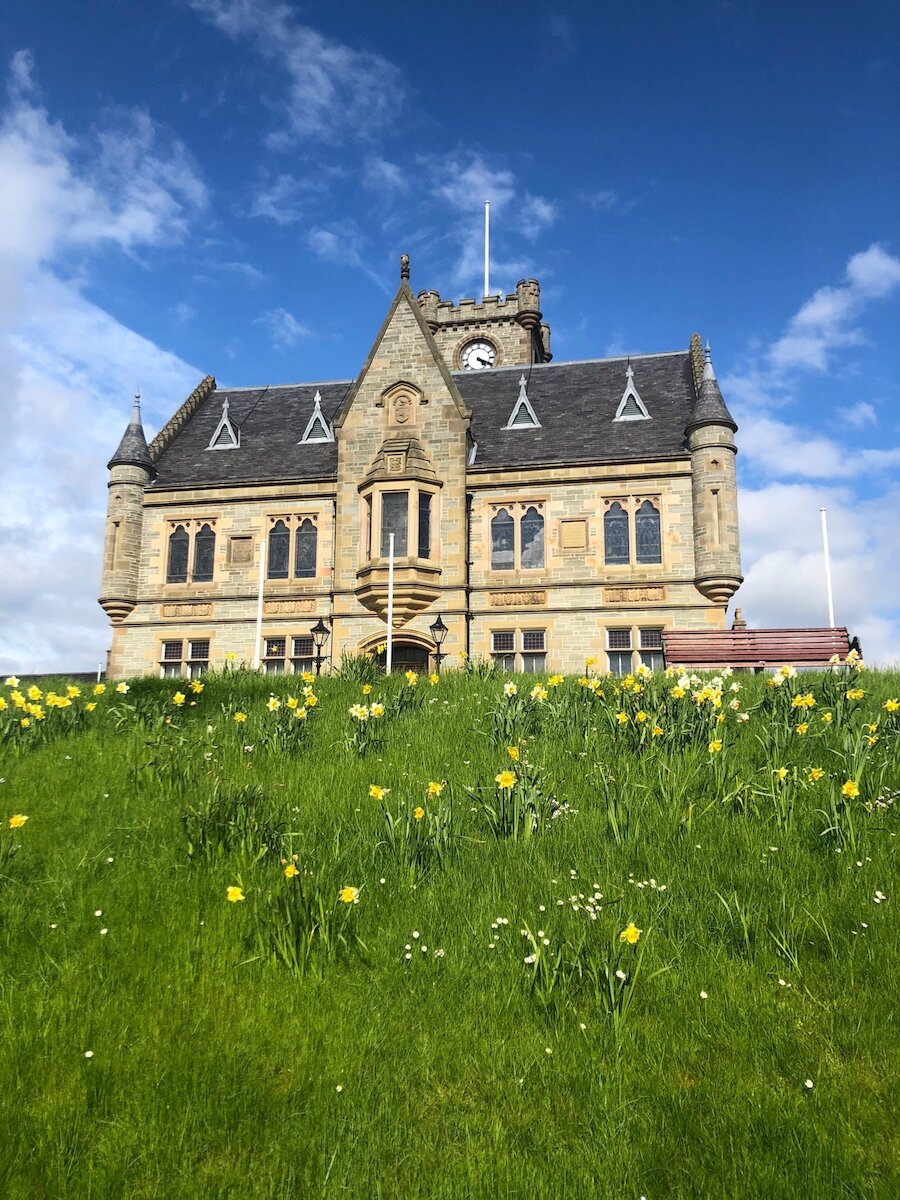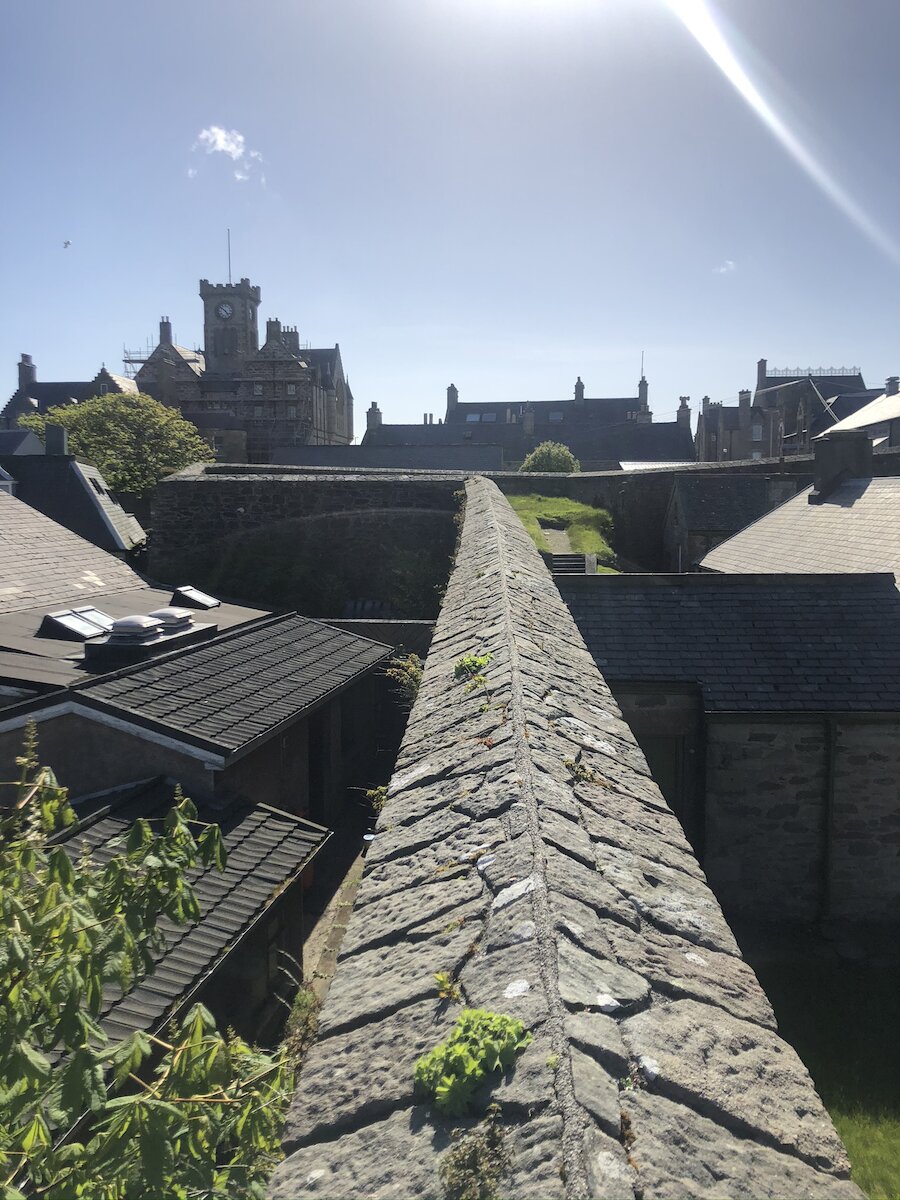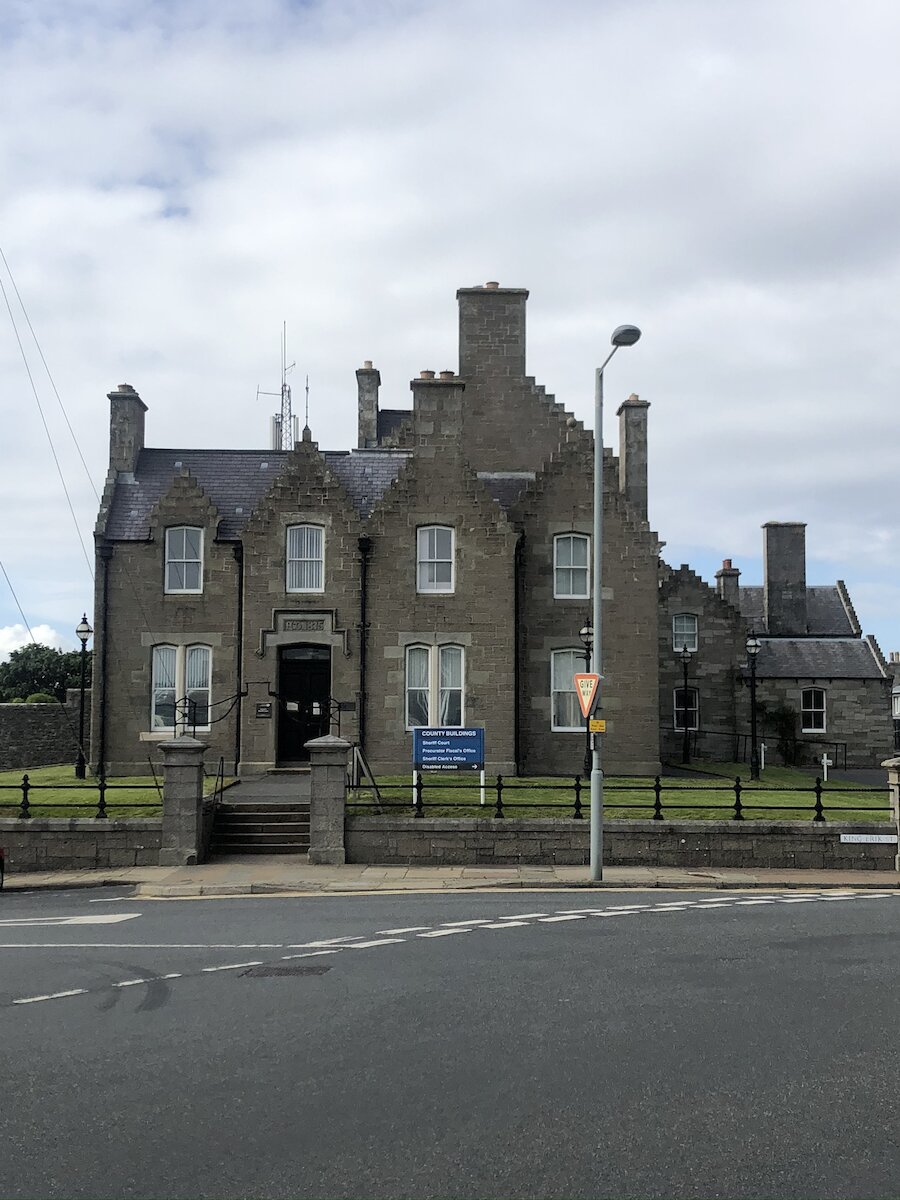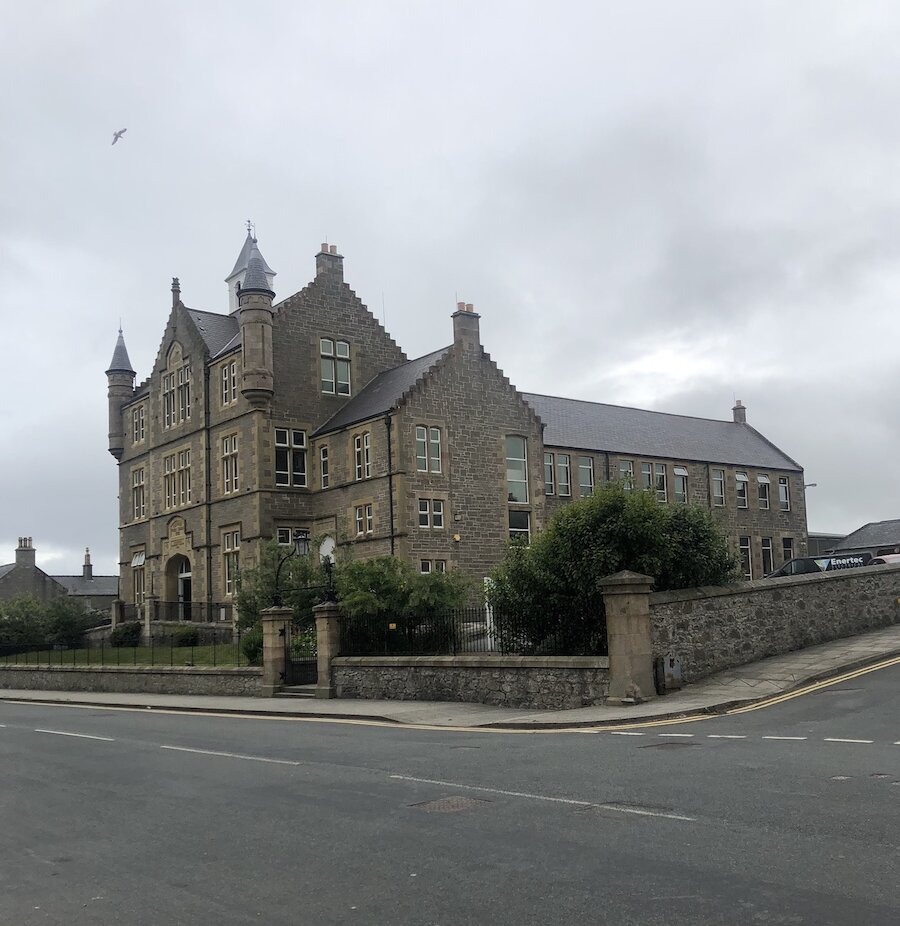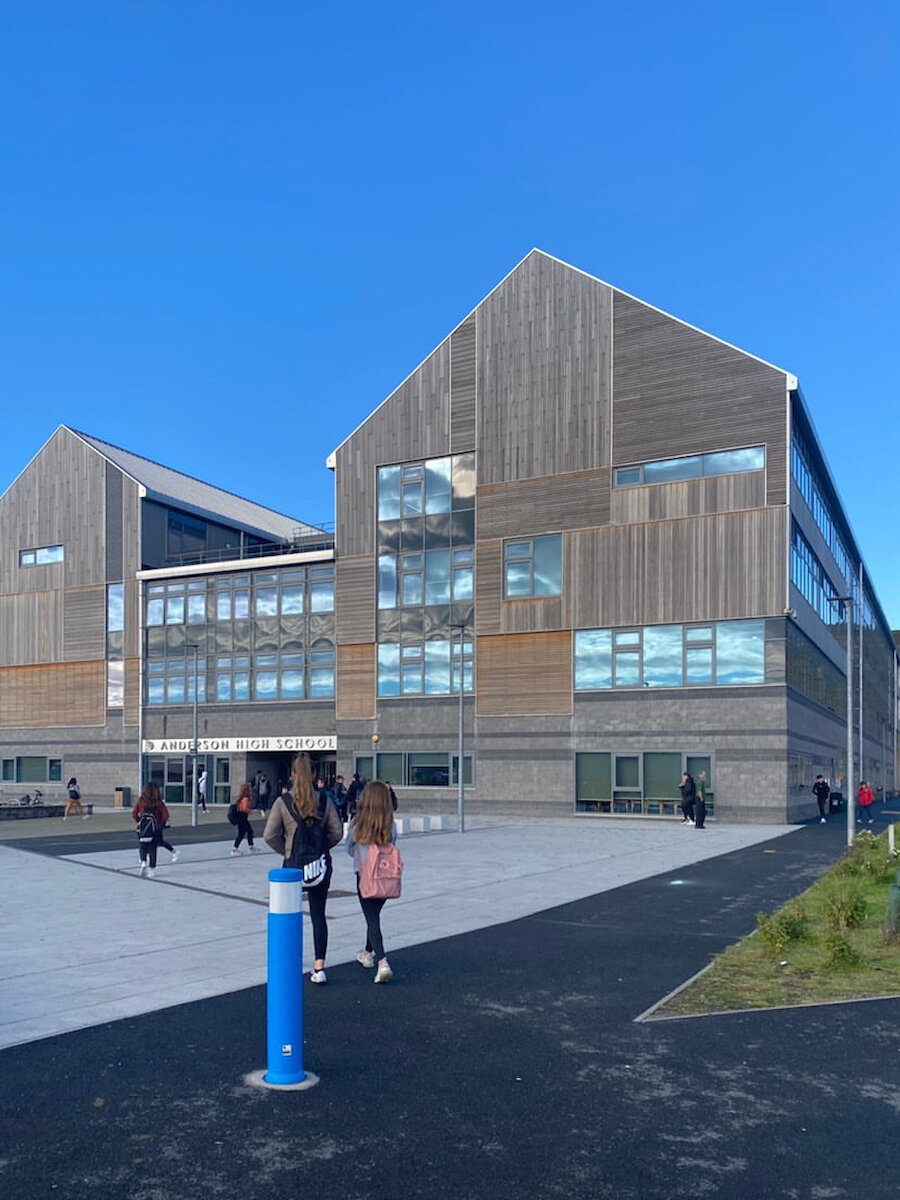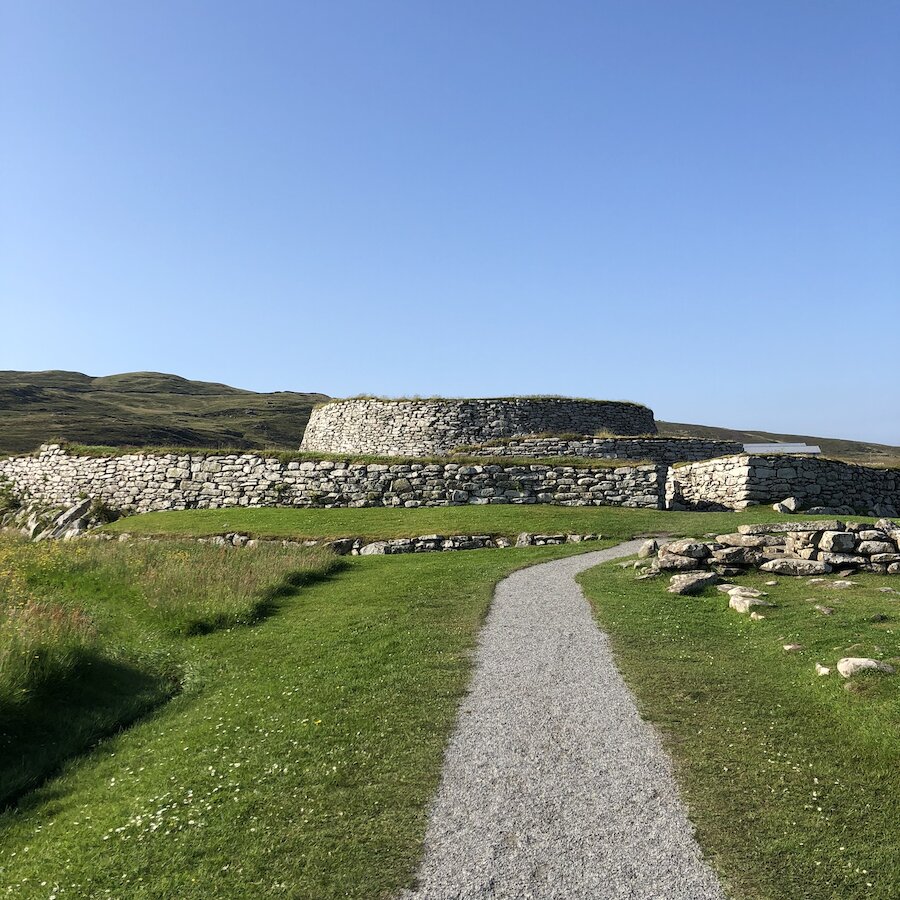No trip to Shetland is complete without a mooch around Lerwick’s historic town centre. Last year Lerwick’s Commercial Street was up for the ‘Best High Street’ in Scotland award. It was voted second only to our neighbours in Kirkwall, Orkney, who scooped the top place. Anyone who has visited Lerwick’s main shopping street will understand why Lerwick ranked so highly. Paved with flagstones and filled with small, crooked buildings dating from the 18th and 19th century, the town has a colourful and interesting past.
This blog will explore some of Lerwick’s iconic buildings and can act as a self-guided tour.

